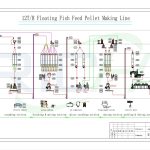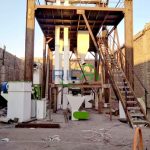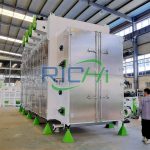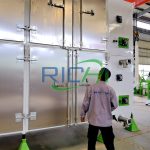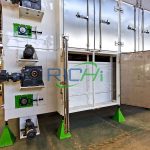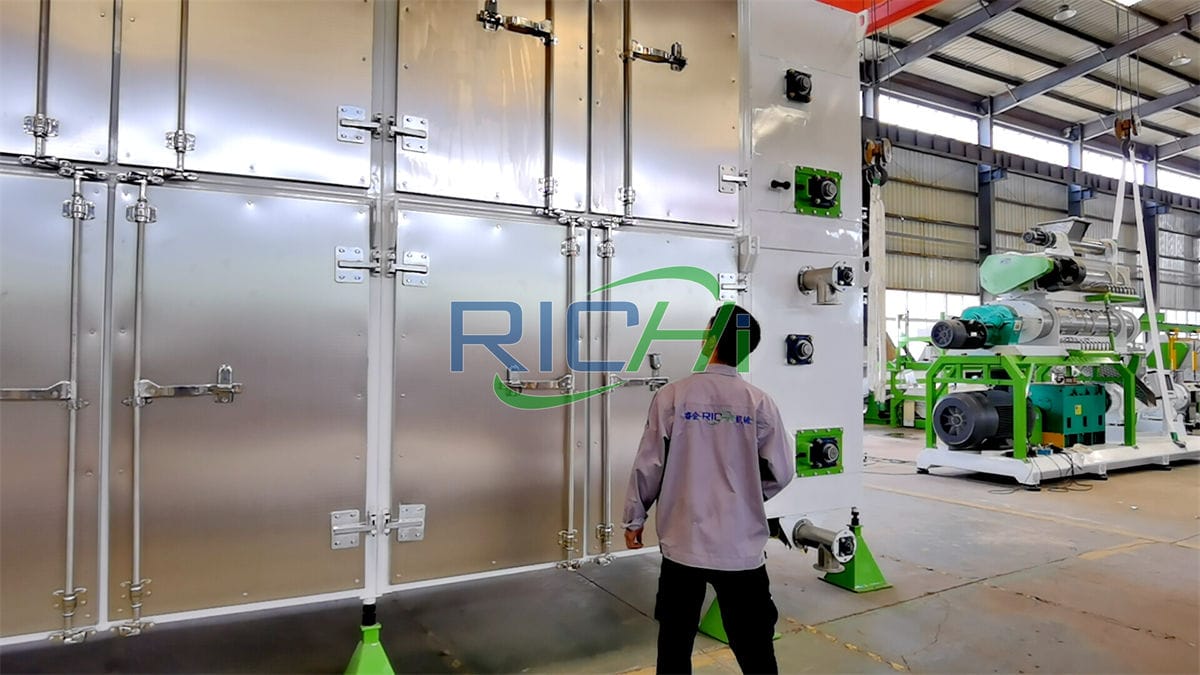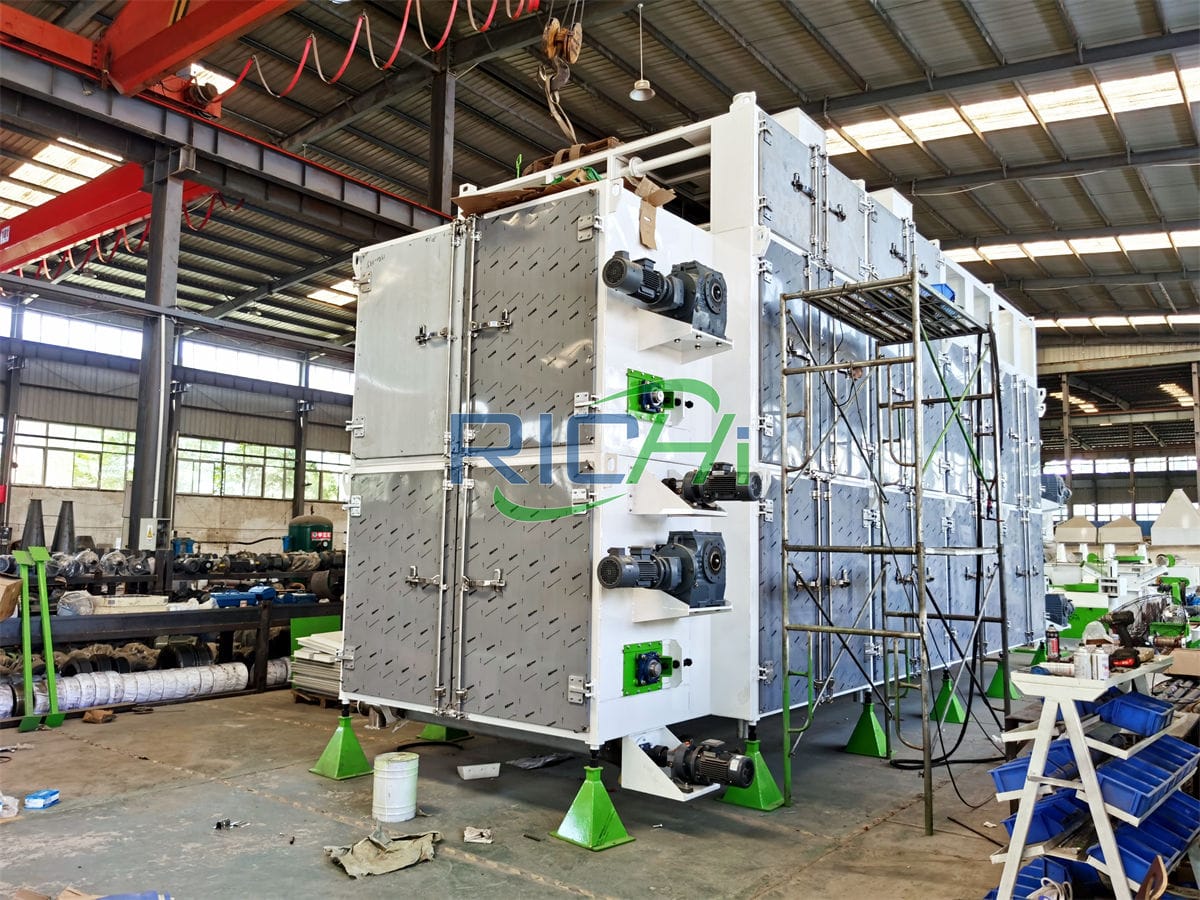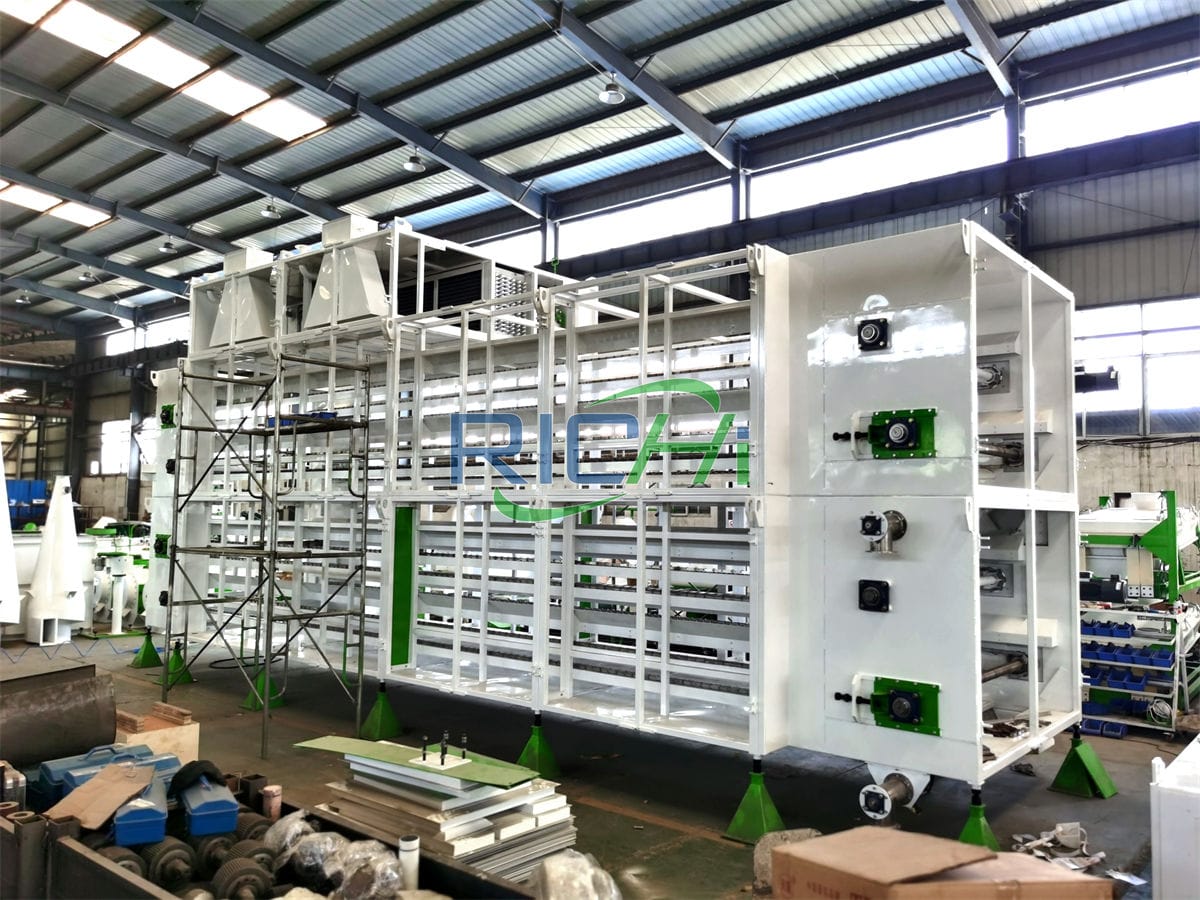Belt dryers are widely used in various industries for drying materials such as food, chemicals, and biomass. The electrical control system is a critical component of a belt dryer, as it regulates the operation of the machine, ensuring optimal performance and efficiency. Regular checks of the electrical control system are essential to prevent malfunctions, improve safety, and maintain product quality. This article outlines the steps to effectively check the electrical control system of a belt dryer.
1. Understanding the Electrical Control System
The electrical control system of a belt dryer typically consists of several key components:
- Control Panel: Houses the main control switches, indicators, and monitoring devices.
- Sensors: Measure parameters such as temperature, humidity, and airflow.
- Actuators: Control the operation of components like fans, heaters, and conveyors.
- Wiring and Connections: Facilitate the flow of electricity between components.
Understanding these components is crucial for conducting a thorough inspection.
2. Safety First
Before performing any checks or maintenance on the electrical control system, safety should be the top priority:
- Disconnect Power: Always ensure that the power supply to the belt dryer is disconnected before starting any inspection. This prevents electrical shocks and ensures safety during the process.
- Use Personal Protective Equipment (PPE): Wear appropriate PPE, such as gloves and safety goggles, to protect against potential hazards.
3. Visual Inspection of the Control Panel
Start by visually inspecting the control panel for any signs of damage or wear:
- Check for Damage: Look for cracks, burns, or signs of overheating on the control panel. Any visible damage could indicate underlying issues that need to be addressed.
- Inspect Indicators and Switches: Ensure that all indicator lights are functioning correctly and that switches operate smoothly. Malfunctioning indicators can lead to operational errors.
- Clean the Panel: Dust and debris can accumulate in the control panel, affecting the performance of components. Use a soft cloth to clean the panel and ensure that ventilation openings are not obstructed. (Related post: fish feed dryer )
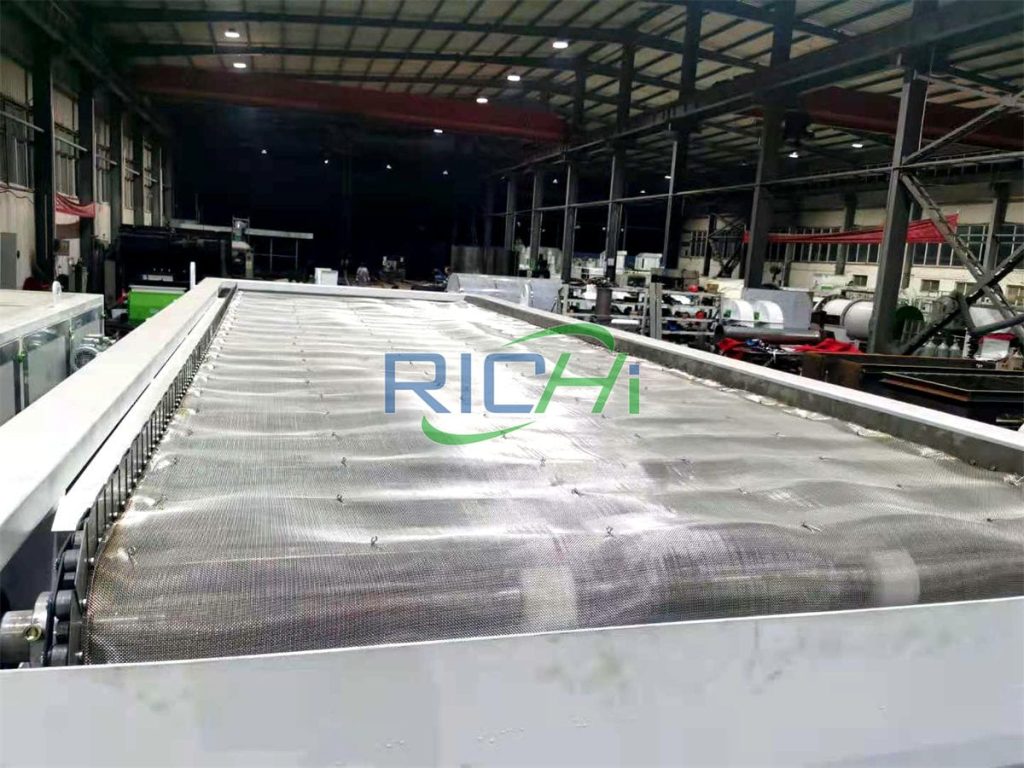
4. Testing Sensors
Sensors play a vital role in monitoring key parameters of the drying process. Testing their functionality is essential for ensuring accurate readings:
- Temperature Sensors: Use a calibrated thermometer to compare the readings from the temperature sensors with the actual temperature of the drying chamber. If there are discrepancies, the sensors may need recalibration or replacement.
- Humidity Sensors: Similarly, test the humidity sensors against a reliable hygrometer. Inaccurate humidity readings can lead to improper drying conditions.
- Airflow Sensors: Check the functionality of airflow sensors by observing the airflow rate. Ensure that the readings match the expected values based on the dryer’s specifications.
5. Inspecting Wiring and Connections
Wiring and connections are critical for the proper functioning of the electrical control system. Inspecting these components can help identify potential issues:
- Check for Loose Connections: Inspect all wiring connections for tightness. Loose connections can cause intermittent faults and affect the performance of the dryer.
- Look for Signs of Wear: Examine the insulation on wires for any signs of fraying or damage. Damaged wires can lead to short circuits and pose safety hazards.
- Test Continuity: Use a multimeter to check the continuity of wires. This ensures that there are no breaks in the wiring that could disrupt the electrical flow.
6. Testing Actuators
Actuators control the operation of various components in the belt dryer, such as fans and heaters. Testing their functionality is crucial for ensuring proper operation:
- Fan Operation: Turn on the dryer and observe the operation of the fans. Ensure that they are running smoothly and providing adequate airflow. Listen for unusual noises that may indicate mechanical issues.
- Heater Functionality: Check that the heating elements are functioning correctly. Measure the temperature output to ensure that it meets the required specifications for the drying process.
- Conveyor Operation: If the dryer has a conveyor system, ensure that it operates smoothly and consistently. Any interruptions in conveyor movement can affect the drying process.
7. Calibration of Control Settings
The electrical control system should be calibrated to ensure accurate operation:
- Set Parameters: Verify that the control settings for temperature, humidity, and airflow are set according to the manufacturer’s specifications for the specific materials being dried.
- Test Automation Features: If the dryer has automated features, such as timers and programmable settings, test these functions to ensure they operate as intended. Proper automation can enhance efficiency and reduce manual intervention.
8. Documentation and Reporting
Maintaining accurate records of inspections and tests is essential for tracking the performance of the electrical control system:
- Log Inspections: Document all inspections, including dates, findings, and any corrective actions taken. This information can be valuable for identifying trends and planning future maintenance.
- Report Issues: If any issues are identified during the inspection, report them to the maintenance team or management promptly. Timely action can prevent further complications and ensure the continued efficiency of the dryer.
Conclusion
Regularly checking the electrical control system of a belt dryer is essential for ensuring optimal performance, safety, and product quality. By conducting thorough visual inspections, testing sensors, inspecting wiring and connections, evaluating actuators, calibrating control settings, and maintaining accurate documentation, operators can effectively verify the quality of the electrical control system.Investing time and resources in these checks not only enhances the reliability of the belt dryer but also contributes to overall operational efficiency and cost savings. As the demand for efficient drying solutions continues to grow, prioritizing the maintenance and quality of the electrical control system will be crucial for maintaining a competitive edge in the market. By focusing on these practices, manufacturers can ensure the longevity and effectiveness of their belt dryers, ultimately leading to improved productivity and profitability.
